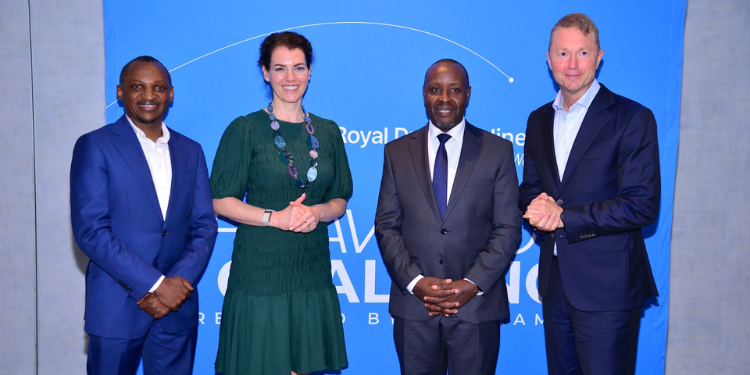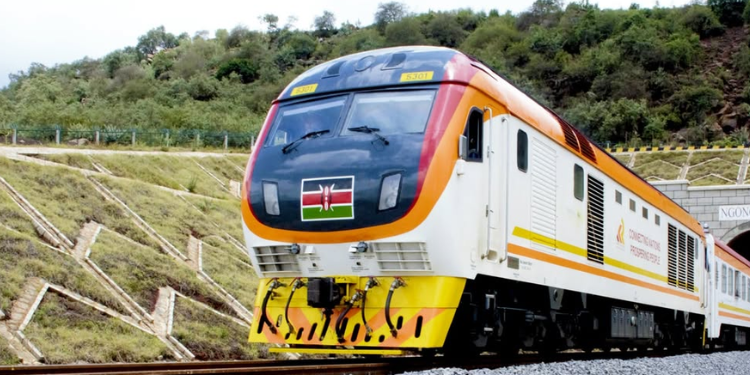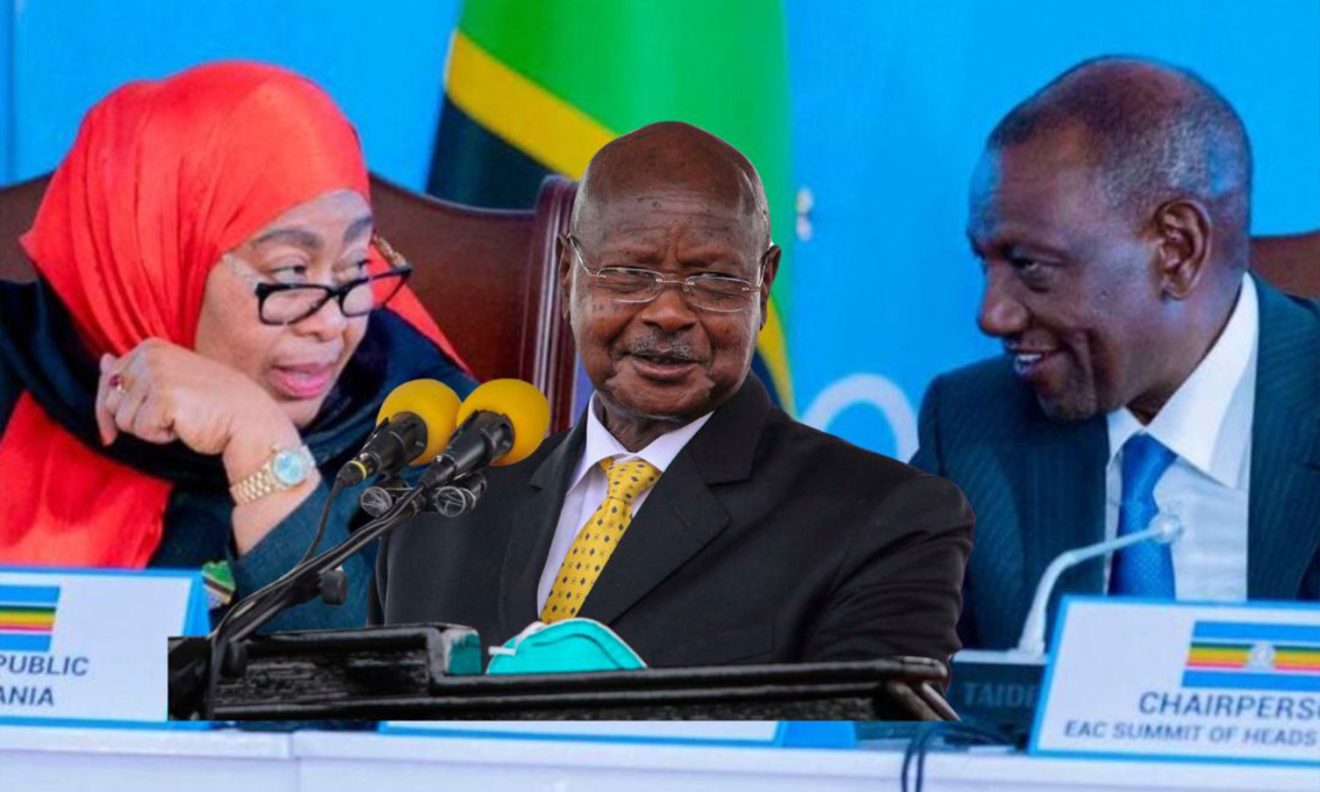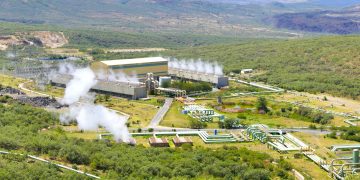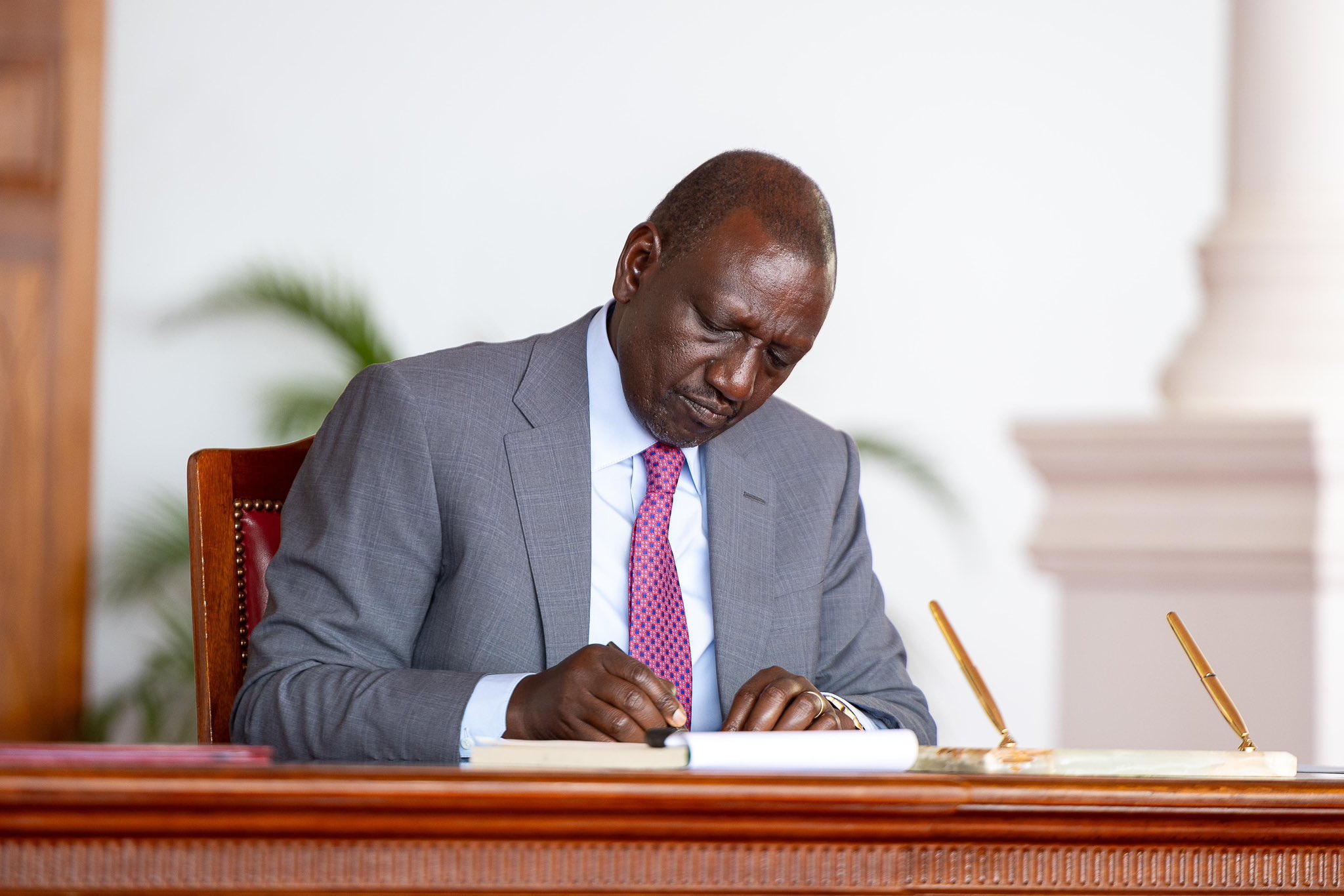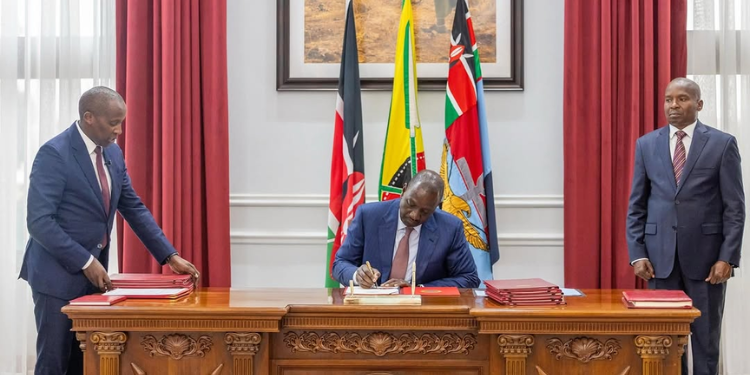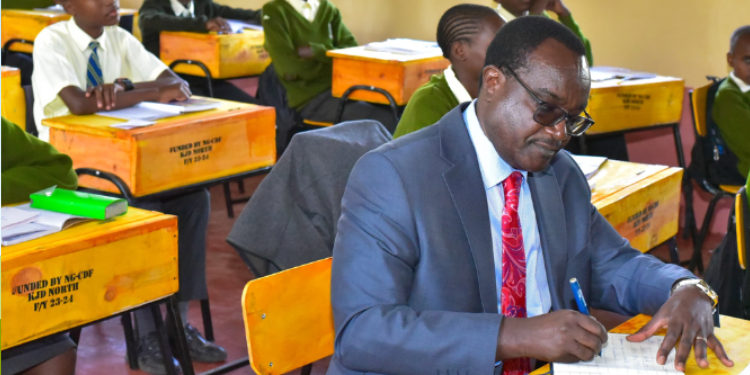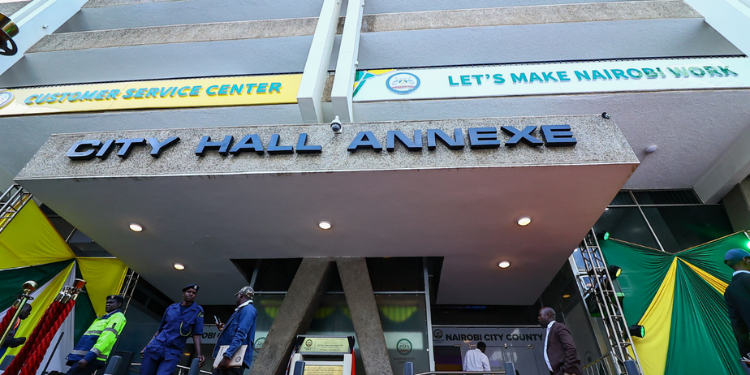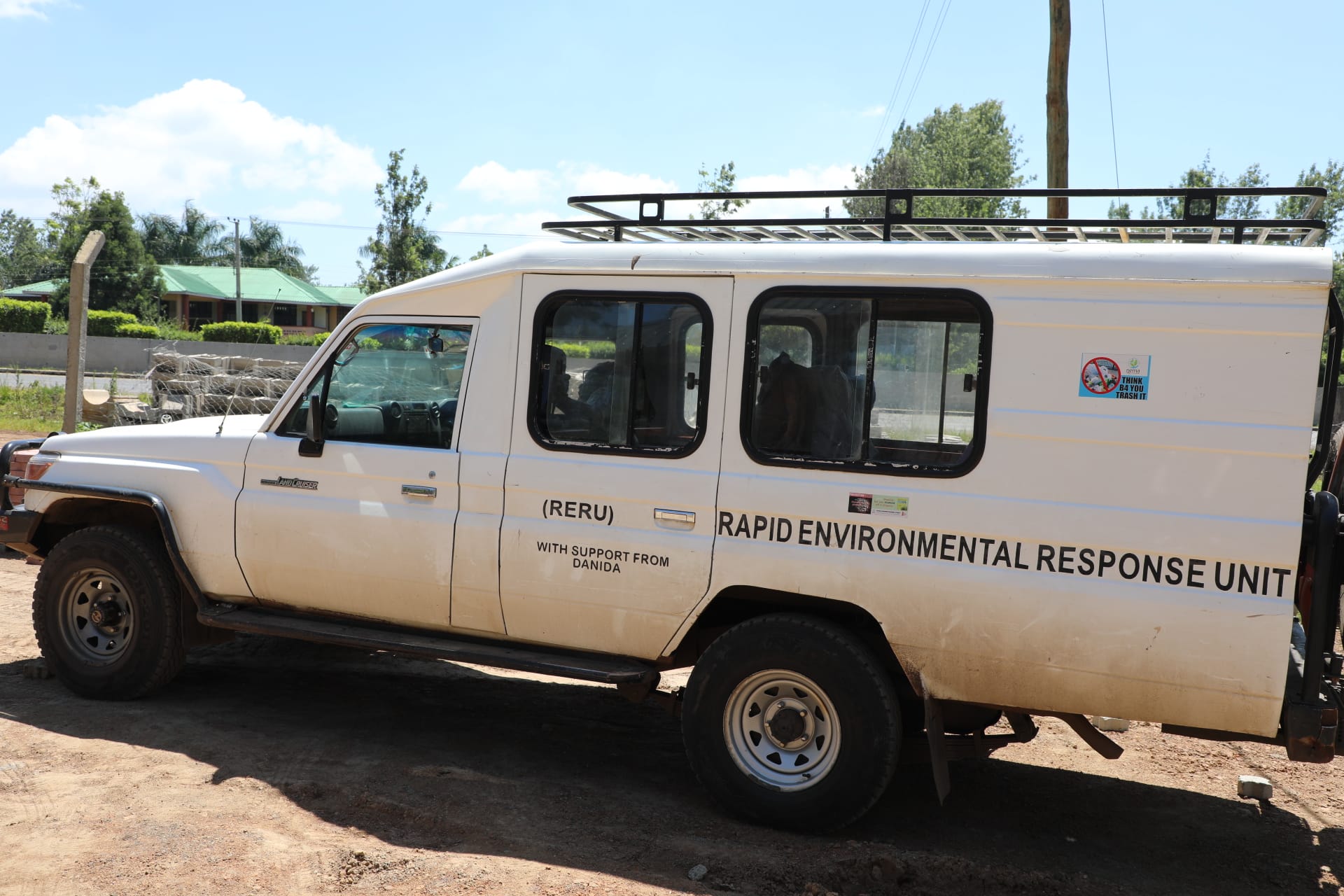In Kenya, the mining sector falls under the jurisdiction of the Ministry of Mining, Blue Economy, and Maritime Affairs.
This ministry is responsible for overseeing the entire mining value chain—from exploration to export—within the framework of the Mining Act of 2016.
Step-by-Step Guide
Register on the Mining Cadastre Portal
Prospective mineral exporters in Kenya must first register on the Mining Cadastre Portal, the official online platform for managing mineral rights and permits.
The process begins by visiting https://portal.miningcadastre.go.ke and selecting the “Register” option.
Applicants are required to provide personal or company details, including name, contact information, national ID or passport number, and physical address.
Users must select their registration category—individual, company, government agency, or consultant—before creating a secure password and agreeing to the portal’s terms of use.
Upon submission, a verification link is sent via email.
Once activated, the account grants access to services such as permit applications, document uploads, and communication with the Directorate of Mines.
Logging In and Navigating to Export Permits
After successful registration, users must log in to the Kenya Mining Cadastre Portal using their credentials.
Once inside the dashboard, the next step is to initiate a new application.
This is done by selecting the “New Applications” tab and choosing either “Dealings” or “Export Permit” directly from the dropdown menu.
The portal interface guides users through selecting the type of mineral transaction they intend to undertake.
For export permits, applicants must specify the type of mineral, its intended destination, and the quantity.
The system also prompts for supporting documentation, which varies depending on the mineral and scale of operation.
Completing Application Details
Once the export permit section is selected, applicants must provide detailed information about the intended mineral transaction.
This includes specifying the type of mineral, its quantity, and the country of destination.
The portal also requires users to input coordinates of the mineral source, either manually or by selecting the area on an interactive map.
Supporting documents must be uploaded at this stage.
These typically include:
- Certificate of registration or incorporation
- Proof of land access or ownership
- Environmental Impact Assessment (EIA) or Strategic Environmental Assessment (SEA) approvals
- Tax compliance certificate
- Technical feasibility reports
The system validates the completeness of the submission before allowing progression to the next stage.
Accurate documentation and mapping are essential to avoid delays or rejection.
Review and Recommendation
Once the application is submitted with all required details and documents, it enters the review phase under the Directorate of Mines.
Officials assess the application for completeness, accuracy, and compliance with the Mining Act, 2016, and relevant regulations.
This includes verifying the legitimacy of the mineral source, the applicant’s legal standing, and environmental approvals.
If the application meets all criteria, the Directorate prepares a formal recommendation for approval.
This recommendation is forwarded to the Cabinet Secretary for Mining, Blue Economy, and Maritime Affairs, who holds the authority to approve or reject the export permit.
Fee Payment
After the Directorate of Mines recommends the application for approval, the applicant is prompted to pay the applicable export permit fees through the Mining Cadastre Portal.
The fee structure varies depending on the type of mineral, quantity, and scale of operation.
Payment is made electronically within the portal, and a receipt is automatically generated upon confirmation.
The system only forwards the application to the Cabinet Secretary for Mining, Blue Economy and Maritime Affairs once payment is verified.
Timely payment is essential to avoid delays in permit issuance.
Applicants are advised to retain digital and printed copies of the payment receipt for record-keeping and future reference.
Cabinet Secretary Approval
Following payment verification, the application is forwarded to the Cabinet Secretary for Mining, Blue Economy, and Maritime Affairs for final approval.
The Cabinet Secretary reviews the recommendation from the Directorate of Mines and assesses the application’s compliance with national policy and legal frameworks.
If approved, the Cabinet Secretary authorizes the issuance of the export permit.
This decision is then communicated back through the Mining Cadastre Portal.
In cases where the application is rejected, reasons are provided, and applicants may be advised to amend and resubmit.
Permit Registration and Issuance
Once approved by the Cabinet Secretary, the export permit is formally registered within the Mining Cadastre System.
The Directorate of Mines finalizes the documentation and uploads the official permit to the applicant’s portal account.
The permit includes details such as the exporter’s name, mineral type, quantity, destination, and validity period.
Applicants can download the permit directly from the portal and use it to initiate customs clearance and logistics arrangements.
Also Read: How to Apply for a Waste Management Licence in Kenya
The permit serves as legal authorization for the export of minerals from Kenya and must be presented to the relevant authorities during the shipment process.
Compliance, Reporting, and Renewal
Once issued, a mineral export permit in Kenya is valid for 30 days and applies to a single consignment of minerals.
Exporters must ensure that all logistics, documentation, and customs procedures are completed within this timeframe.
If the shipment is not executed within the validity period, a new permit must be applied for.
Permit holders are required to maintain detailed records of exported minerals, including quantities, destinations, and revenue.
These records must be submitted to the Directorate of Mines through periodic compliance reports.
Also Read: How to Apply for a Mining Exploration Permit in Kenya
The data supports regulatory oversight and helps track Kenya’s mineral trade.
Renewal or amendment of permits follows the same online process via the Mining Cadastre Portal, with updated documentation and payment of the applicable fee.
Failure to comply with reporting obligations or permit conditions may result in suspension or revocation, reinforcing the importance of transparency and adherence to the Mining Act, 2016.
Follow our WhatsApp Channel and X Account for real-time news updates.


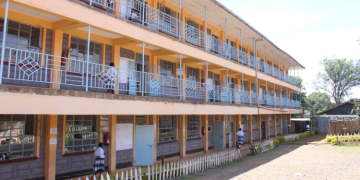











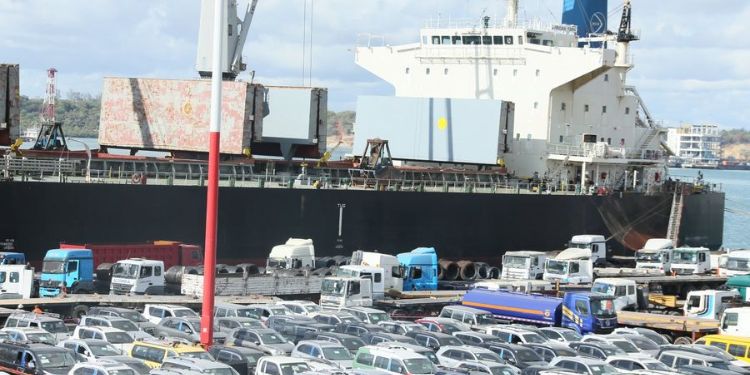


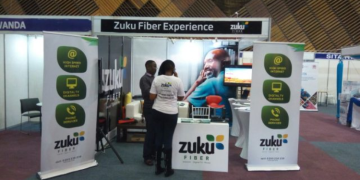








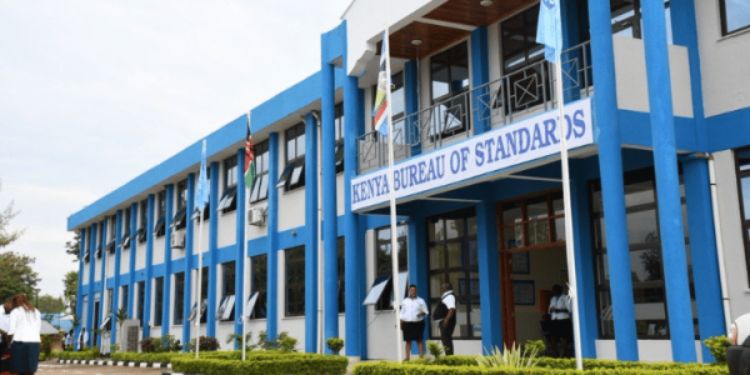
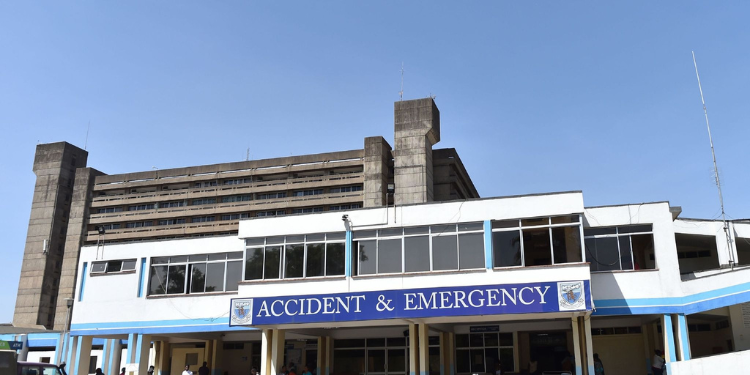


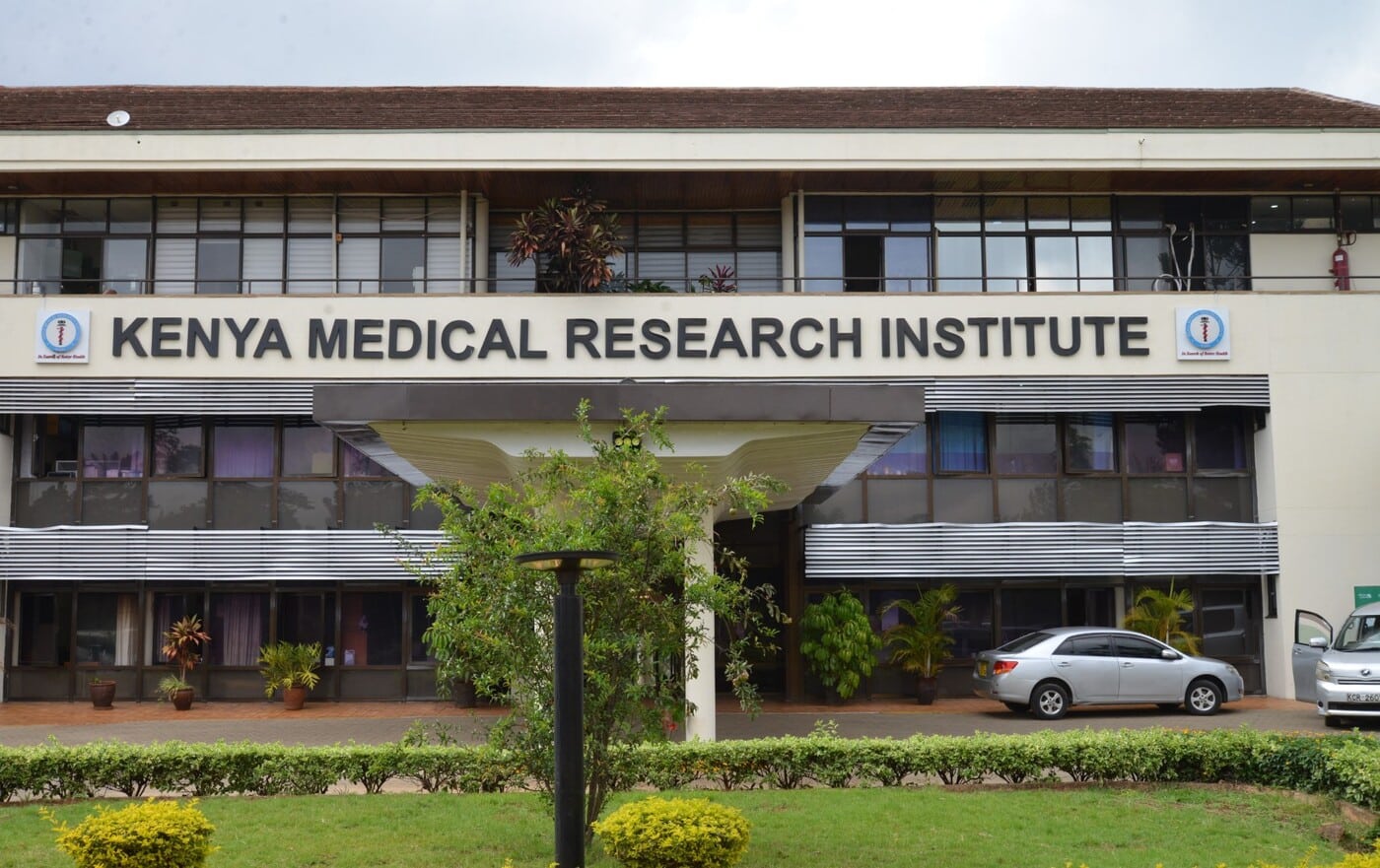
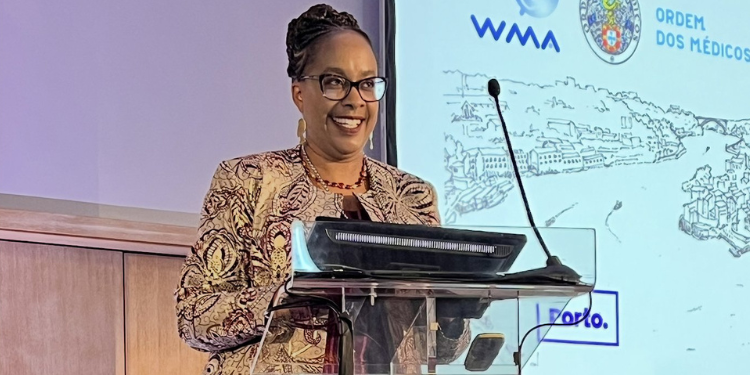
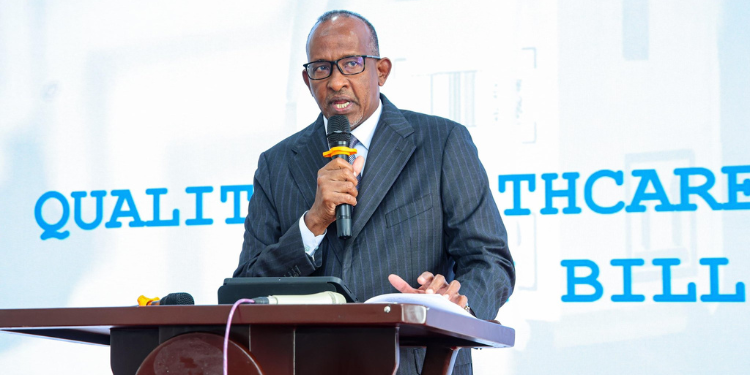

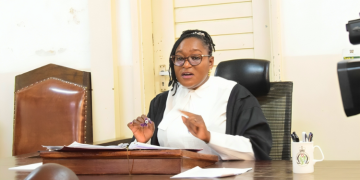



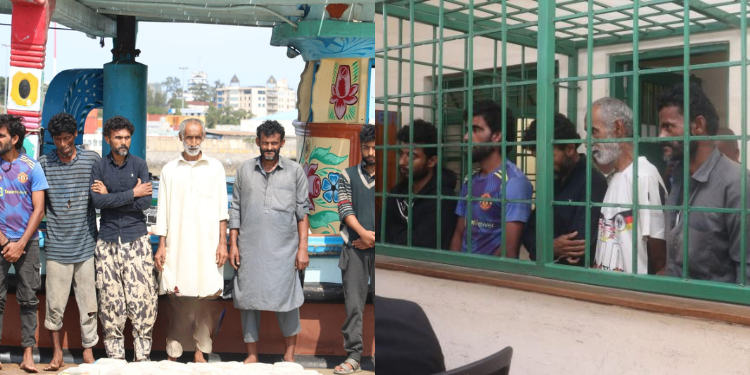













![Senator Allan Chesang And Chanelle Kittony Wed In A Colourful Ceremony [Photos] Trans Nzoia Senator Allan Chesang With Channelle Kittony/Oscar Sudi]( https://thekenyatimescdn-ese7d3e7ghdnbfa9.z01.azurefd.net/prodimages/uploads/2025/11/Trans-Nzoia-Senator-Allan-Chesang-with-Channelle-KittonyOscar-Sudi-360x180.png)






